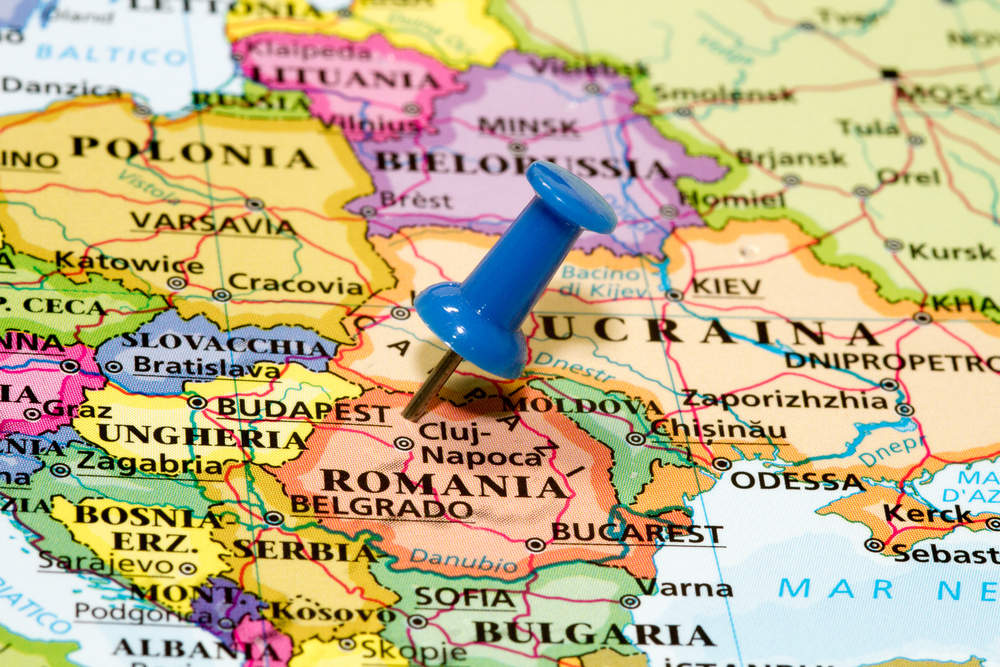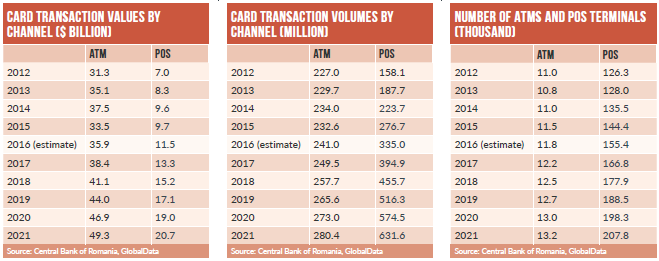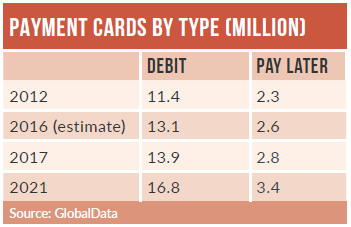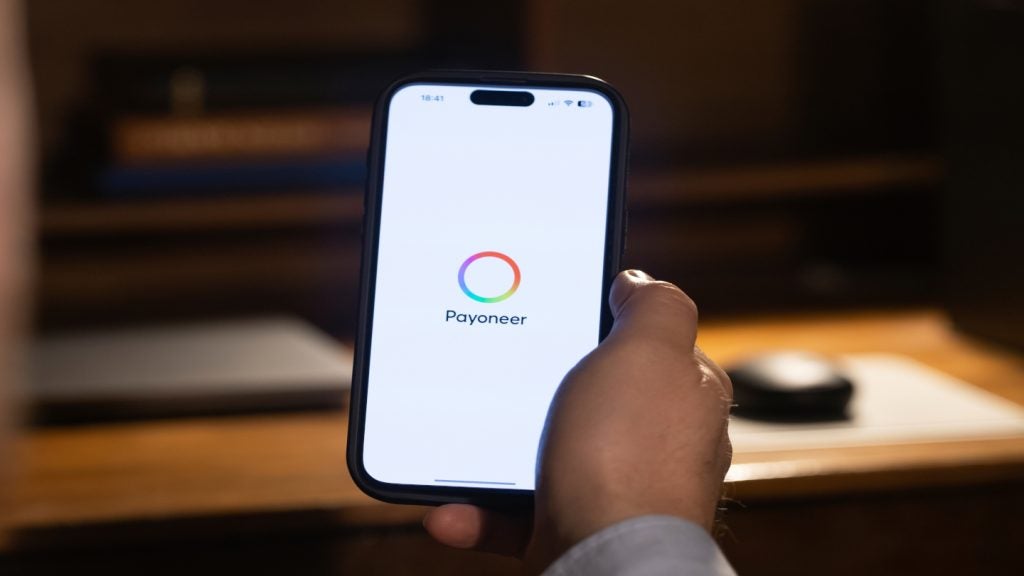
Cash accounted for 89.3% of total transaction volume in Romania in 2016; attractive overdrafts hamper uptake of pay later cards. Are card issuers overcoming these obstacles? GlobalData analyses
Although cards occupied a small share of the Romanian cards and payments industry, they registered the highest review-period (2012–2016) transaction volume and value growth rates of 20.65% and 17.24% respectively.
This was a result of a greater number of POS terminals in service, an increase in the number of retailers accepting payment cards, a decline in interchange fees, and a growing consumer preference for contactless payments. Government initiatives such as a cap on cash transactions are expected to further encourage electronic payments in Romania.

Debit cards accounted for 92.9% of the total payment cards transaction value in 2016. The majority of banks in Romania offer overdraft facilities as high as six times the account holder’s monthly salary, reducing the need for other credit facilities.
Banks are successfully encouraging customers to use debit cards for POS purchases rather than cash withdrawals by offering reward points, discounts at partner retailers, and cashback.
Consequently, debit card transaction volumes at POS overtook ATM transactions for the first time in 2015. Banks are also offering contactless debit cards to increase convenience; as of December 2015, Banca Transilvania had issued 300,000 contactless Visa Electron BT Cards.
Pay later card penetration was 13.5 cards per 100 individuals in 2016, on a par with Bulgaria (13.5) but lower than Croatia (40.8), the Czech Republic (23.2), Slovakia (17.7), Poland (16.0) and Hungary (15.4). Slovenia had the highest rate at 53.2.

Despite attractive overdraft facilities, Romanians are gradually using credit cards to benefit from interest-free credit periods – a facility not available on overdrafts, as banks calculate interest from the day the overdraft facility is used.
New EU regulations capping credit card interchange fees came into effect in December 2015, and are expected to encourage merchants to accept card payments. Also, the Romanian government introduced a cap on cash transactions of $1,248.2 per day for individuals and $2,496.5 per day for companies per single transaction in March 2015. These initiatives are expected to provide a much-needed boost to the credit cards market.
Contactless has been a driver of payment cards growth. The volume of payment cards in circulation posted a review-period CAGR of 147.46%, rising from 120,000 in 2012 to 4.5m in 2016. According to Mastercard, the number of contactless transactions processed grew by in 2015.
From 1 May to 31 December 2015, the issuer ran a campaign in partnership with the National Association for Consumer Protection and the Promoting Programs and Strategies in Romania to promote contactless payments.







